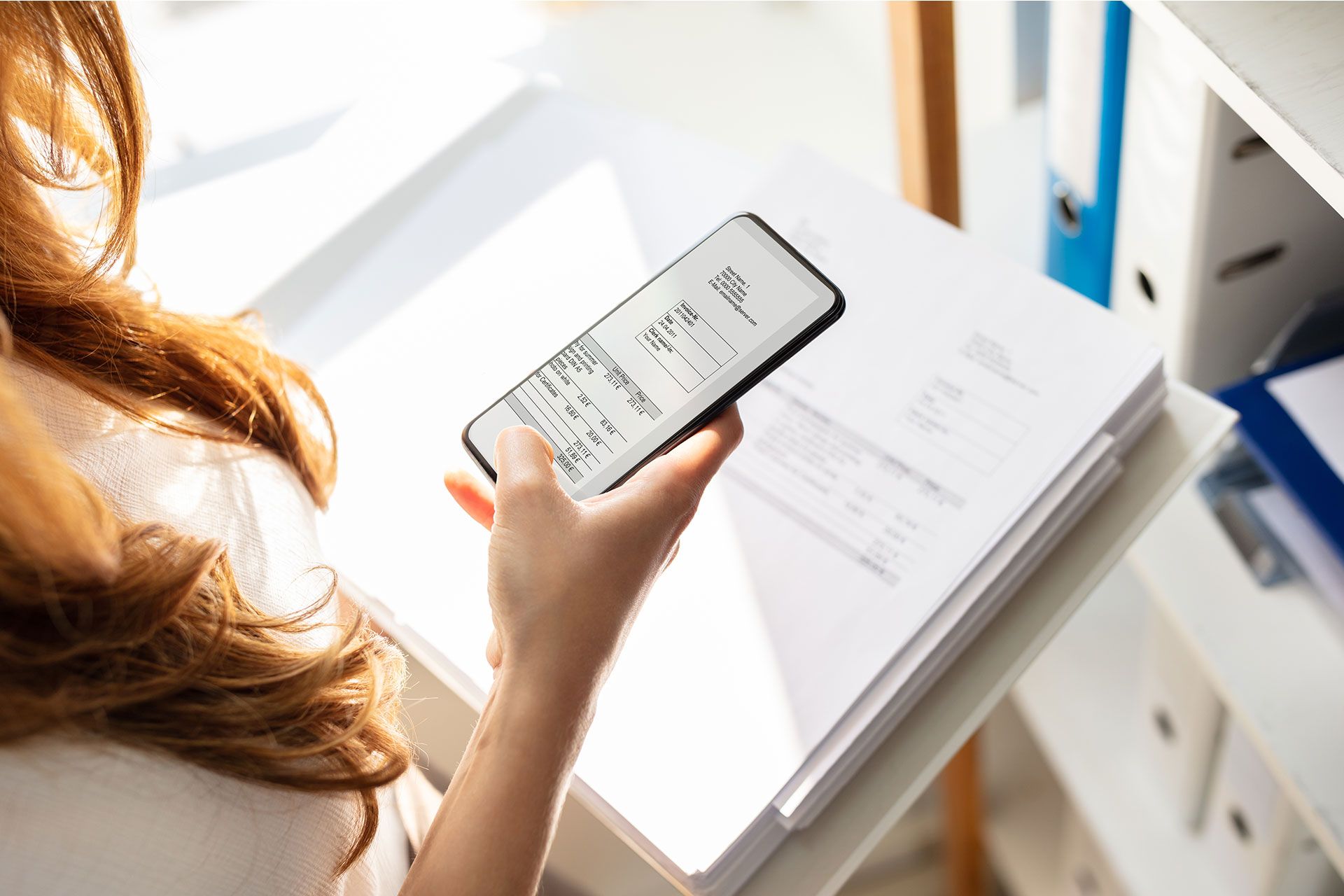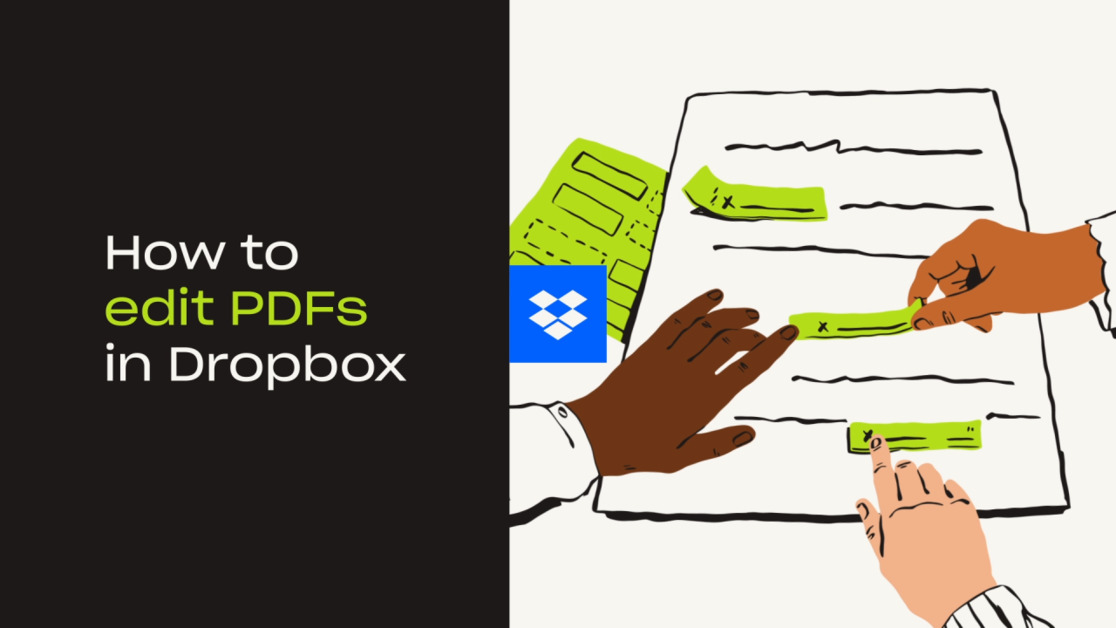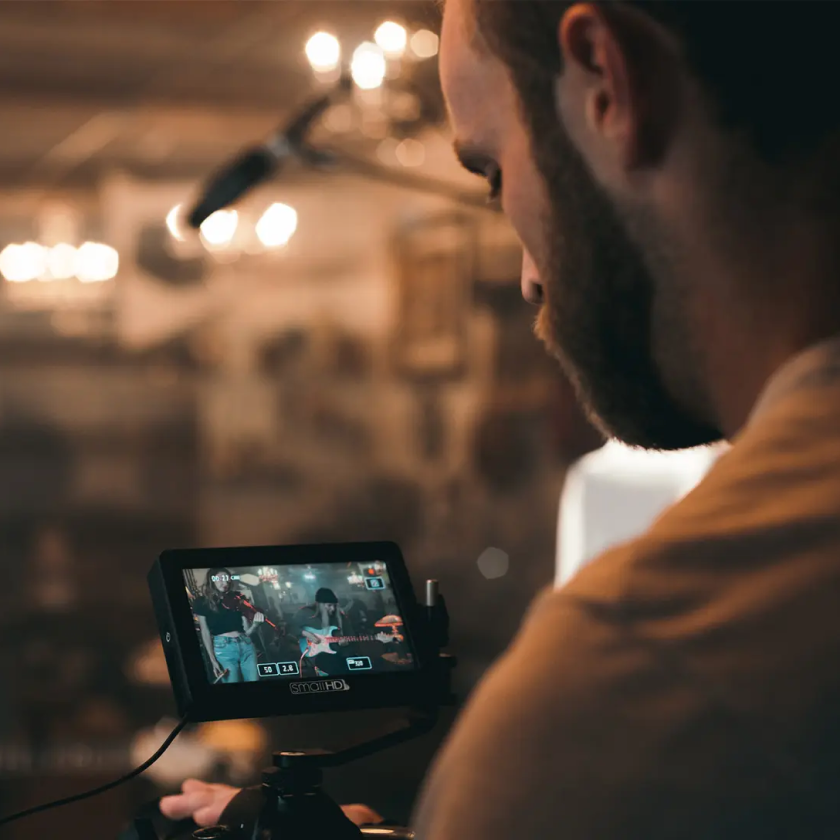Прошли те времена, когда бумажные документы приходилось фотографировать на цифровые камеры, загружать изображения на компьютер с помощью карт памяти, а затем медленно редактировать файлы в таких программах, как Paint.
Оцифровка документов позволяет сократить расход бумаги и оптимизировать рабочий процесс. Вы сможете просто сфотографировать документ на мобильный телефон, а затем разместить файл в облачном хранилище, и у вас будет доступ к нему с любого устройства.

Но что делать, если отсканированный документ состоит из нескольких страниц (например, если это статья или раскадровка)? Не займут ли подобные отсканированные изображения слишком много места в облачном хранилище? А, может быть, документ представляет собой форму, которую нужно заполнить или отредактировать?
Вот тут-то и пригодятся PDF-файлы. Преобразование бумажных документов, таких как контракты или счета-фактуры, в формат PDF делает их гораздо более удобными для совместного использования, надежными и редактируемыми.
Мы покажем вам, как быстро конвертировать отсканированный документ в редактируемый PDF-файл, но сначала давайте рассмотрим некоторые рекомендации по сканированию документов.
Советы по конвертации отсканированных документов в PDF-файлы
Очень просто убедиться в том, что документ, который вы хотите отсканировать, можно легко конвертировать в PDF. Начнем с того, как вы подходите к сканированию документа.
Перед началом сканирования выполните следующие действия:
- убедитесь, что документ расположен ровно и не помят;
- выберите правильное направление и характер освещения, чтобы на изображениях не было бликов, вызванных отражением света от поверхности, на которой лежит документ;
- держите камеру или мобильный телефон прямо над документом, а не под углом;
- фотографируйте только то, что вы хотите отсканировать, т. е. проверяйте, нет ли в объективе лишних предметов.

Как конвертировать отсканированный документ в редактируемый PDF-файл
Сканирование и конвертация документа в редактируемый PDF-файл стали намного проще, чем раньше. Теперь в случае, когда вы хотите отсканировать заметки, раскадровки или другие файлы и преобразовать их в формат PDF, чтобы потом поделиться ими с коллегами или клиентами, вам нужен только мобильный телефон и платформа типа Dropbox.
Рассмотрим несколько простых способов сканирования документов с помощью Dropbox.
Отсканируйте документы и сохраните их в своем аккаунте Dropbox
В мобильном приложении Dropbox предусмотрена функция сканирования документов, которая позволяет легко конвертировать отсканированные и сохраненные в аккаунте Dropbox документы в формат PDF.
Чтобы использовать эту функцию, выполните следующие действия:
- Откройте приложение Dropbox на своем мобильном устройстве.
- Нажмите + (значок плюса).
- Выберите Сканировать документ.
- Сфотографируйте документ, который вы хотите отсканировать.
- При необходимости внесите правки или добавьте дополнительные страницы в документ.
- Нажмите Далее.
- Внесите изменения в сохраненные настройки:
а) Выберите имя файла.
б) Убедитесь, что в настройках сохранения файла выбран формат PDF, а не PNG.
в) Выберите разрешение изображения.
г) Выберите папку, в которую вы хотите сохранить отсканированный файл. - Нажмите Сохранить. Отсканированный файл будет сохранен в вашем аккаунте Dropbox.
Необходимо найти определенную информацию в отсканированном документе? Для этого вы можете воспользоваться функцией оптического распознавания символов (OCR).
Конвертируйте изображения из аккаунта Dropbox в отсканированный PDF-файл
С помощью мобильного приложения Dropbox вы также можете конвертировать изображения, уже сохраненные в вашем аккаунте Dropbox, в формат PDF. Для этого изображение должно быть в формате .jpg, .jpeg, или .png .
Чтобы конвертировать изображение в отсканированный PD-файл, выполните следующие действия:
- Откройте приложение Dropbox на своем мобильном устройстве.
- Нажмите ... (значок многоточия) рядом с именем файла изображения, который вы хотите конвертировать.
- Выберите Сохранить как скан.
- При необходимости внесите правки или добавьте дополнительные страницы в документ.
- Нажмите Далее.
- Убедитесь, что в настройках сохранения файла выбран формат PDF.
- Нажмите Сохранить. Отсканированный файл будет сохранен в вашем аккаунте Dropbox.
Отредактируйте отсканированный файл, измените порядок страниц в нем или добавьте в него дополнительные страницы
После сканирования в мобильном приложении Dropbox вы можете внести изменения в файл, используя меню редактирования.
Они перечислены ниже.
- Чтобы отредактировать отсканированный файл или добавить фильтр, сделайте следующее:
- Нажмите на значок с тремя ползунками в нижней части экрана.
- Чтобы изменить порядок страниц, сделайте следующее:
- Нажмите Компоновка (рядом с кнопкой Редактировать), выберите страницу и, удерживая ее, перетащите в нужное место.
- Чтобы добавить дополнительные страницы, сделайте следующее:
- Нажмите на значок двух страниц со знаком плюса и следуйте подсказкам.
Как превратить отсканированный документ в редактируемый PDF-файл
Если вы сканируете документ с помощью мобильного приложения Dropbox, то можете сразу приступить к редактированию.
Если вы предпочитаете работать с файлами на большом экране ноутбука или компьютера,редактируйте PDF-файлы прямо в своем аккаунте Dropbox на сайте dropbox.com. Интеграция Dropbox с такими инструментами, как pdfFiller и Adobe Acrobat, предоставляет более широкие возможности редактирования PDF-файлов.
Редактируйте PDF-файлы в Dropbox
Как только вы создадите PDF-файл, то сможете добавлять в него новые страницы, поворачивать их, менять их порядок и вносить другие изменения.

После входа на сайт dropbox.com откройте нужный PDF-файл и нажмите Редактировать над окном предварительного просмотра файла. Как отредактировать файл:
- Чтобы добавить новые страницы в PDF-файл, нажмите Вставить страницу и следуйте указаниям на экране.
а) Все страницы будут отображаться в виде миниатюр в списке на левой боковой панели окна. - Выберите миниатюру страницы на левой боковой панели и перетащите, чтобы изменить ее положение в списке страниц.
- Чтобы удалить страницу из PDF-файла, нажмите на его миниатюру и выберите Удалить страницу.
- Чтобы повернуть страницу, нажмите на нужную миниатюру, а затем выберите Повернуть вправо или Повернуть влево.
Редактируйте PDF-файлы, используя интеграцию Dropbox и pdfFiller
Вы можете мгновенно конвертировать PDF-файлы в своем аккаунте Dropbox в редактируемый формат с помощью интеграции Dropbox и pdfFiller.
Подключите свой аккаунт Dropbox к pdfFiller, импортируйте PDF-файл в инструмент и сразу же приступайте к редактированию. Вам будут доступны следующие инструменты и функции:
- Текст — набор и форматирование текста на странице.
- Изображение — вставка изображений.
- Подпись — работа с электронной подписью PDF-документа.
- Добавление заполняемых полей — преобразование PDF-файла в редактируемые документы и формы, в которые можно добавлять заполняемые поля для текста, подписей, изображений и т. д.
После завершения редактирования вы можете экспортировать отредактированный PDF-файл в аккаунт Dropbox, сохранить его на своем устройстве или отправить по электронной почте.
Редактируйте PDF-файлы с помощью интеграции Dropbox и Adobe Acrobat
Интеграция Dropbox с Adobe Acrobat позволяет редактировать PDF-файлы как на смартфонах и планшетах, так и на компьютерах.
Бесплатное приложение Acrobat Reader позволяет выделять и комментировать тексты в PDF-файлах. С помощью Acrobat Pro DC можно создавать, конвертировать, подписывать и редактировать файлы PDF, а также настраивать их защиту.
Когда вы подключите Adobe Acrobat к Dropbox, все правки, которые вы вносите в PDF-файлы, будут сохраняться в вашем аккаунте Dropbox.
Как редактировать PDF-файлы и другие документы в Dropbox
В Dropbox вы сможете не только сканировать и редактировать PDF-файлы, но также получите доступ к ряду других функций. Вот некоторые из них:
- Редактирование страниц — добавляйте, удаляйте, вставляйте или объединяйте страницы PDF-файла без дополнительных инструментов.
- Редактирование текста — добавляйте новый текст или вносите изменения в существующий с сохранением стиля, размера и гарнитуры шрифта из исходного документа.
- Добавление заполняемых полей и подписей — перетаскивайте поля формы в документ, назначайте подписантов и отправляйте запросы на подписание документов прямо в интерфейсе Dropbox.
- Подпись — подписывайте документы, полученные вами в аккаунте Dropbox.
- Отправка и отслеживание — отправляйте документы и получайте уведомления о том, что их открыли, и в этом вам помогут улучшенные показатели вовлеченности пользователей.
Подробнее о функциях редактирования файлов PDF и совместной работы с ними…
Все перечисленные выше и многие другие функции доступны в аккаунте Dropbox. Оформите подписку, чтобы начать пользоваться ими уже сегодня.


